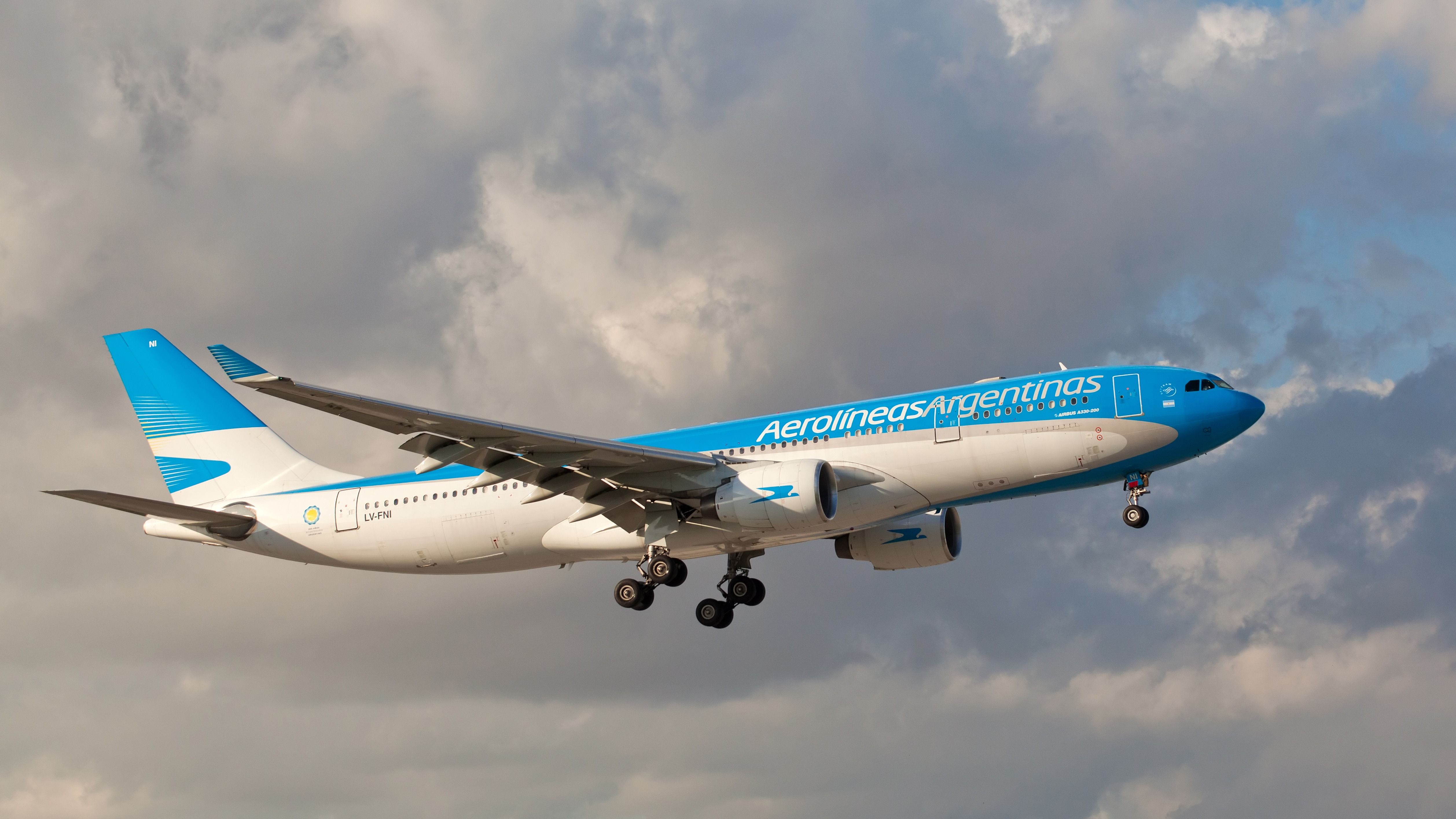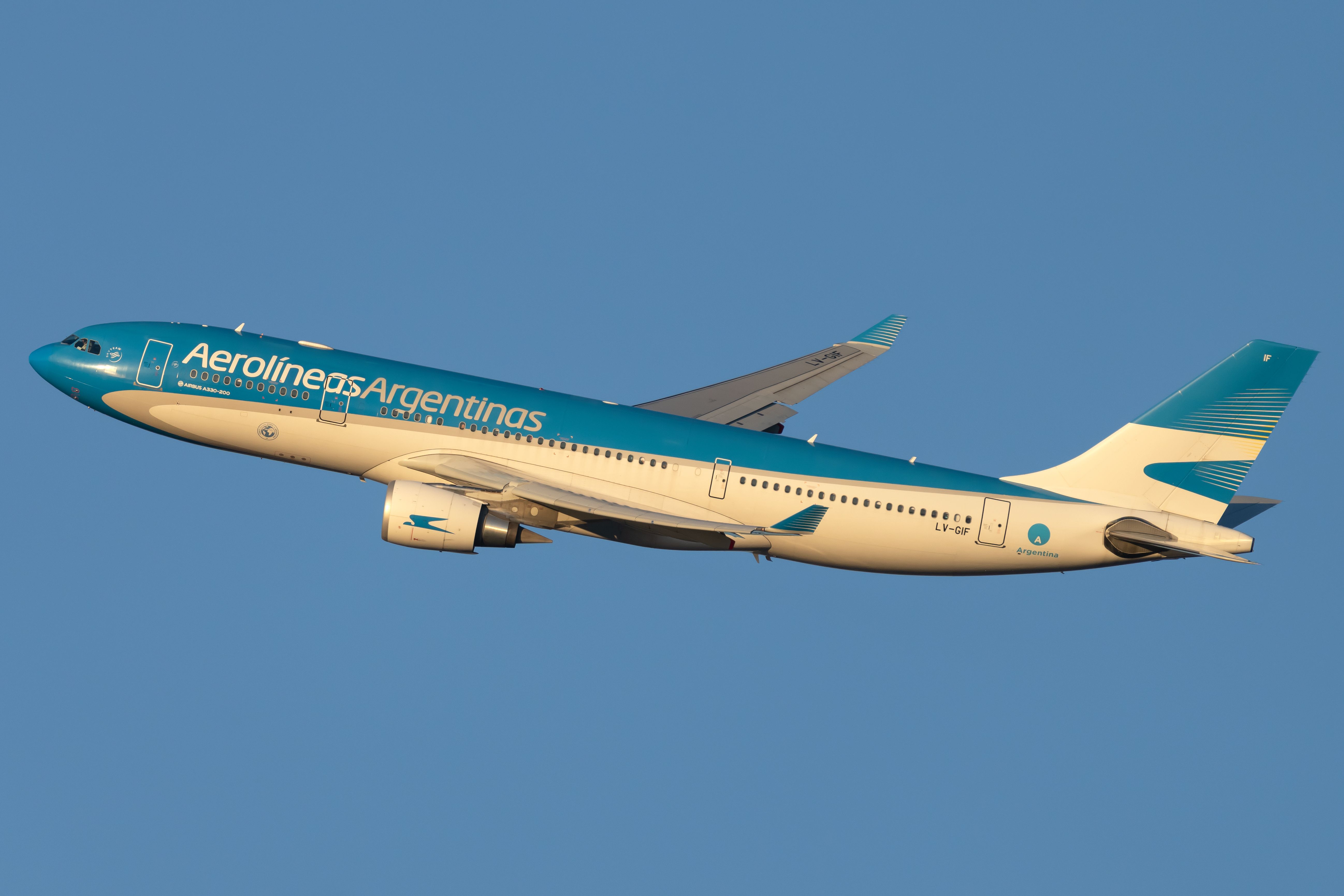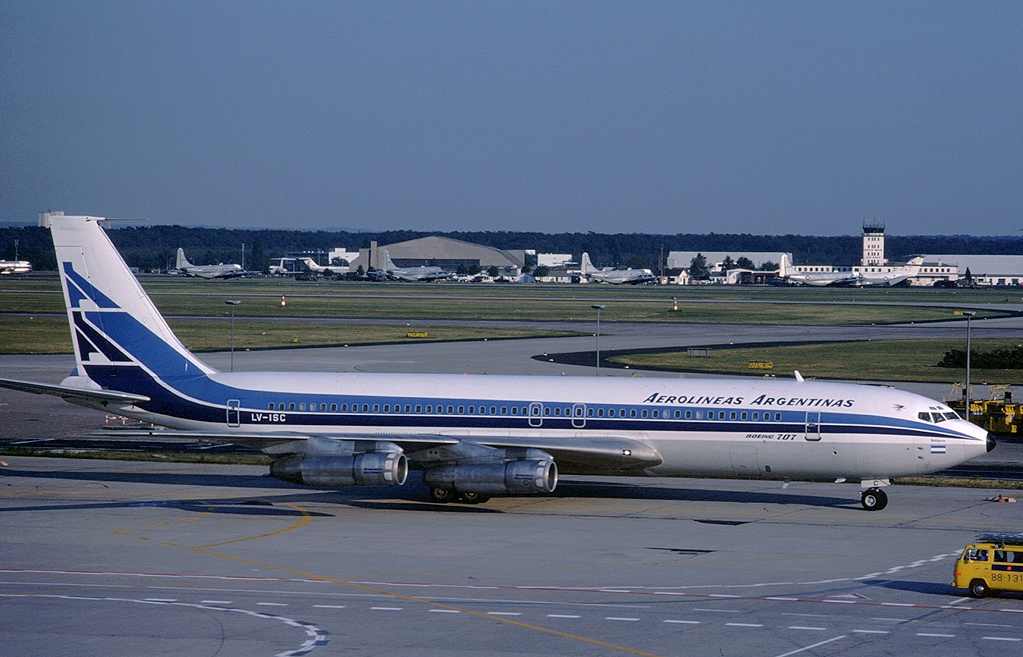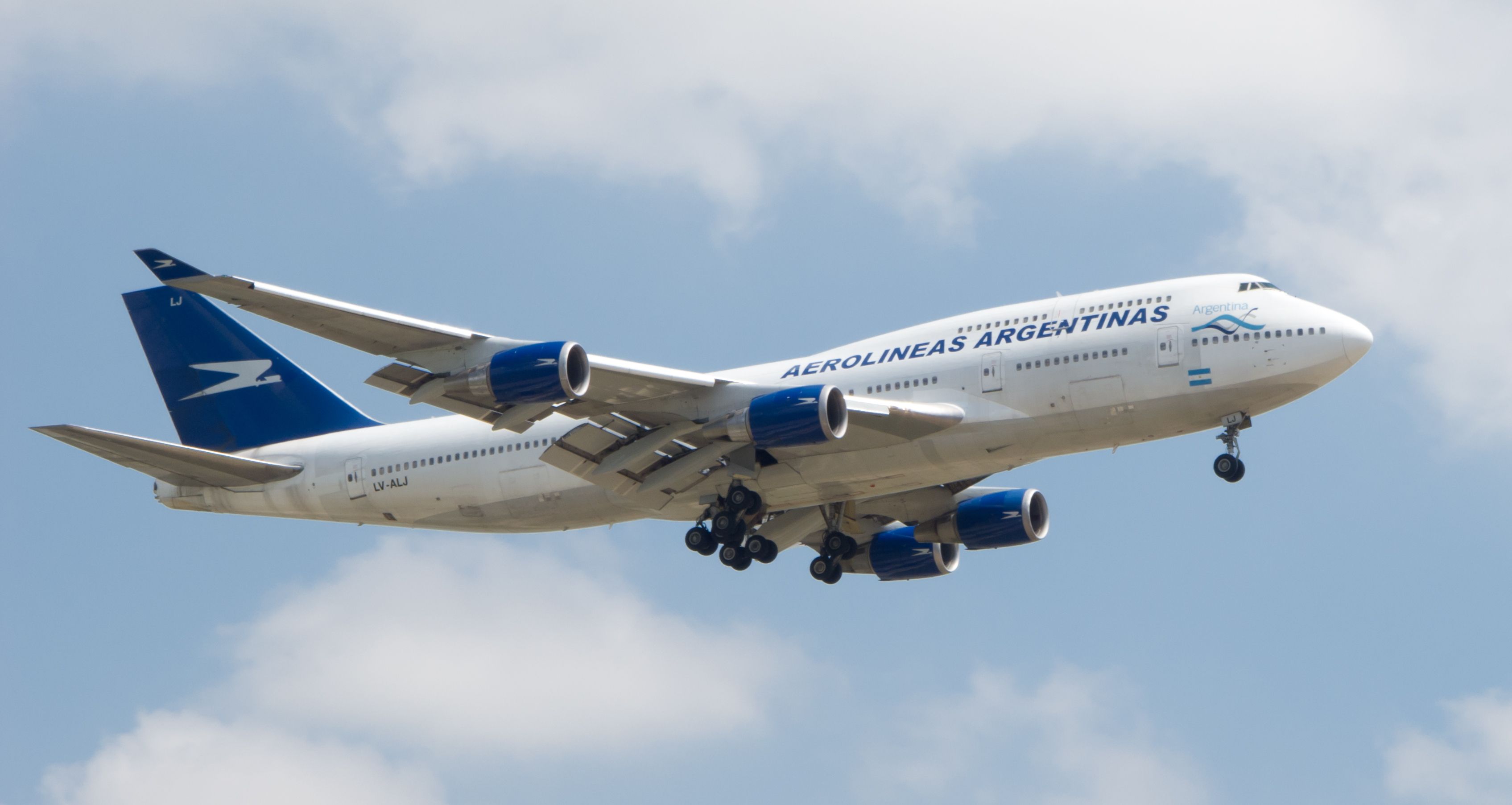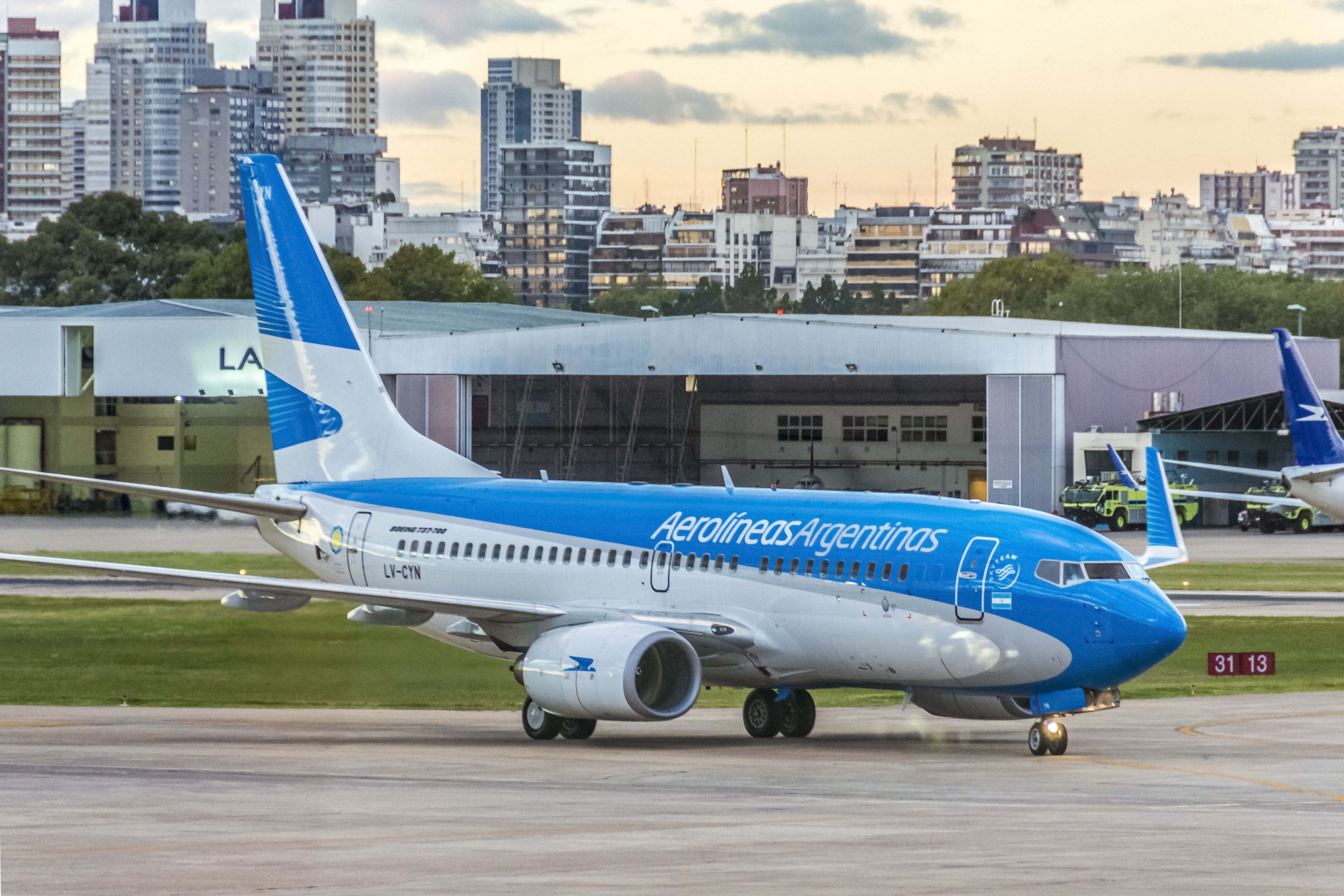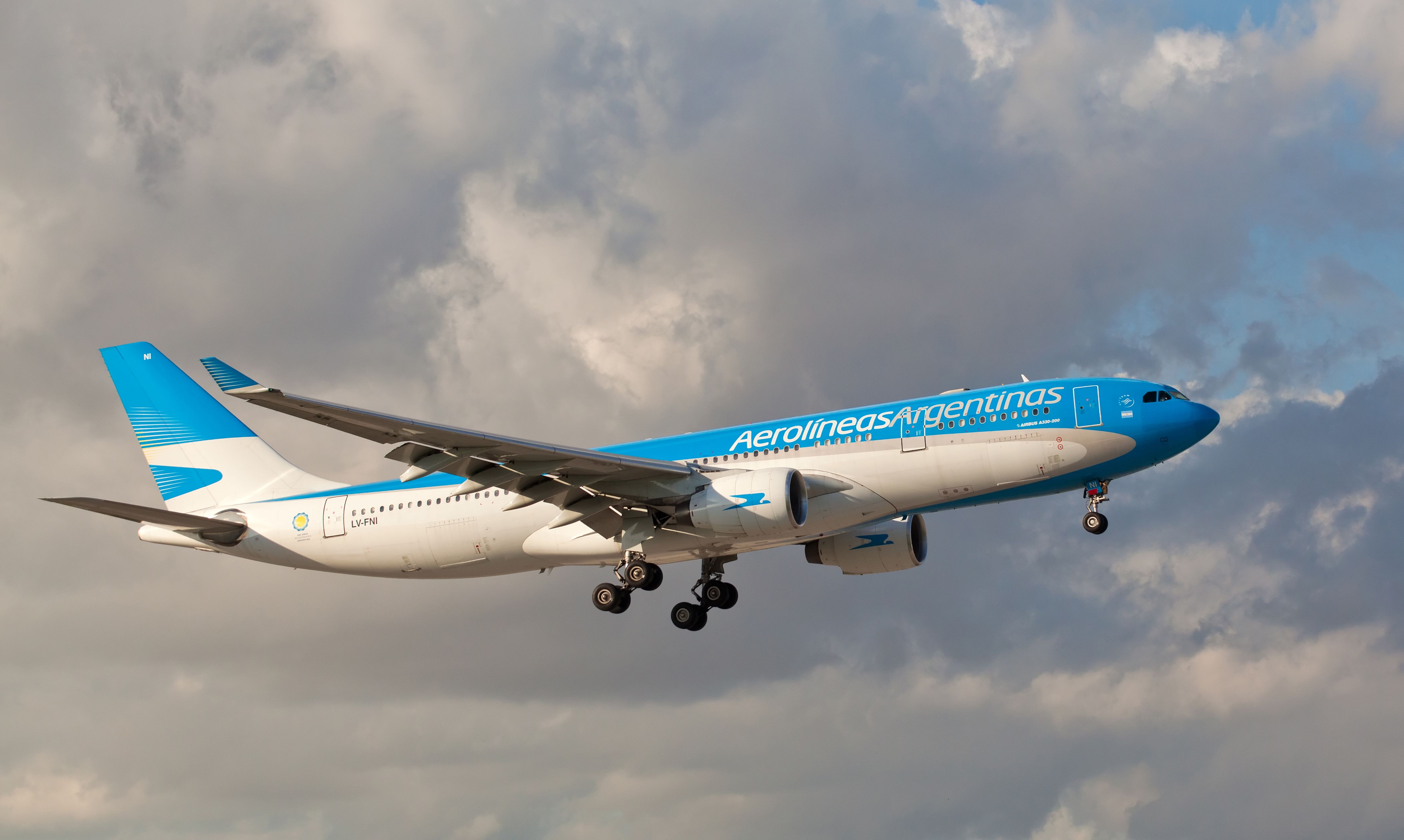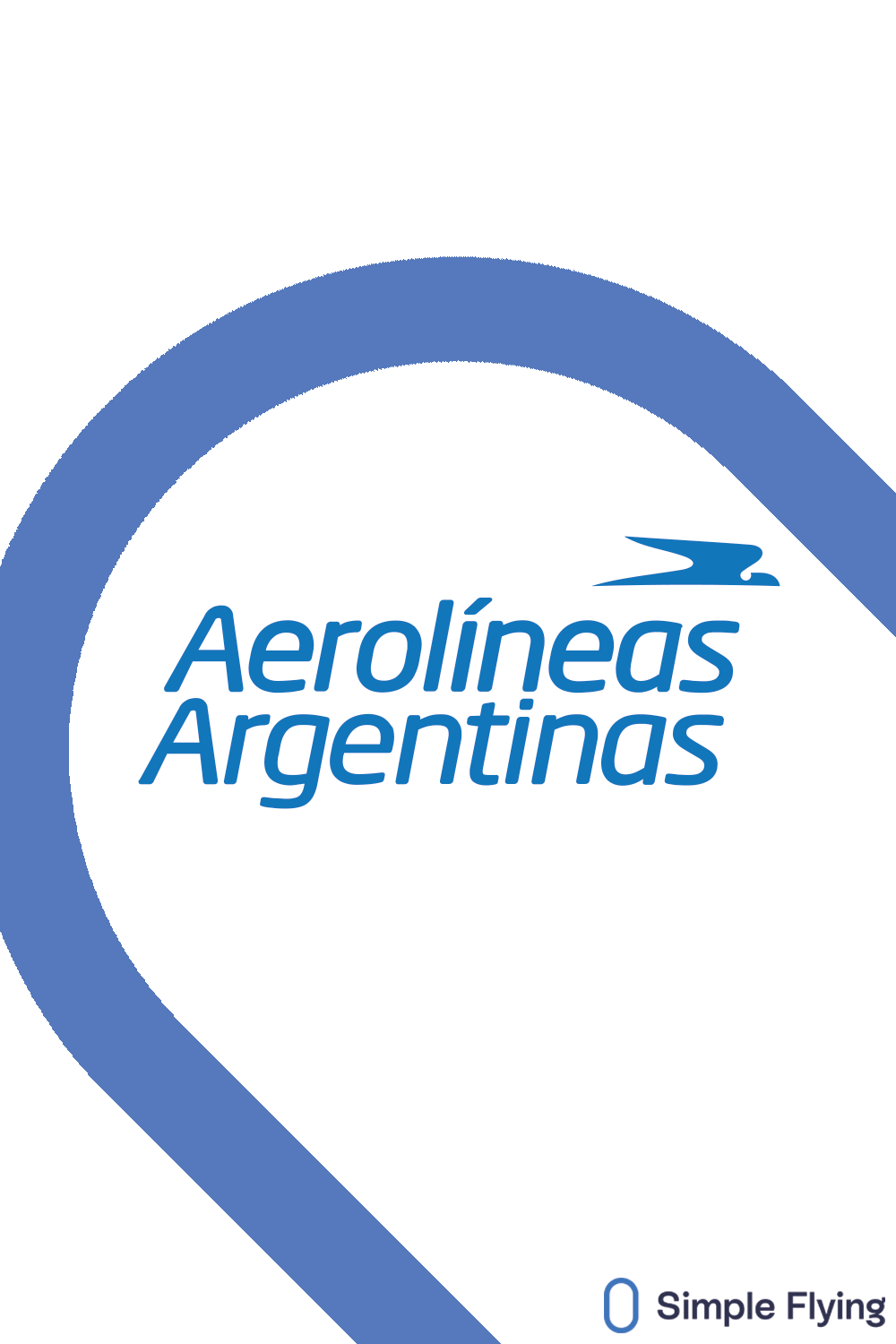Aerolíneas Argentinas has been flying for more than seven decades, and throughout its history, the airline has become a staple in the South American aviation industry, even becoming one of the few Boeing 747 operators in the region.
The Argentinian flag carrier commenced operations in 1949, when the then-president, Juan Perón, merged several airlines into a single state-owned carrier. Since then, the airline has had its ups and downs, often linked to the turbulent Argentinian economy.
Today, Aerolíneas Argentinas operates a fleet of 84 aircraft. The airline dominates the country's domestic network, with a market share of 63% last year, although when it comes to international routes, this drops to 23%.
The early years
Aerolíneas Argentinas was born through a merger in 1949, when the government took four local carriers called Alfa, Zonda, Fama, and Aeroposta, and united them under one new brand. The new carrier started flying one year later, with its first flight connecting Buenos Aires and Frankfurt, with layovers in Rio de Janeiro, Natal, Dakar, Lisbon, and Paris.
The airline then took on several Douglas DC-4 aircraft and launched regional routes to Santiago de Chile, Lima, São Paulo, and Santa Cruz. In 1959, Aerolíneas Argentinas became the first airline outside the US to take delivery of the de Havilland Comet 4, and soon put the aircraft to use on flights to New York.
Further route network and fleet expansion followed in the form of the Boeing 707 and the 737, and in 1979, Aerolíneas Argentinas received its first Boeing 747-200, making it the first Latin American airline to operate the Queen of the Skies. By the 1980s, the carrier's intercontinental network reached as far away as Sydney and Hong Kong.
Continued financial woes
However, the 1980s also saw the Falklands (Malvinas) War, which led to Aerolíneas Argentinas being banned from UK airspace, and the onset of financial woes for the airline. In a bid to revive the struggling carrier, the government toyed with the idea of privatization.
In 1991, Iberia purchased an 85% stake in Aerolíneas Argentinas. But the deal attracted allegations of corruption, and less than a decade later, losses had risen to $927 million. Amid the financial disarray, salaries were not being paid, and flights were being canceled.
The renationalization of Aerolíneas Argentinas
In 2004, Marsans Group acquired Aerolíneas Argentinas, but the carrier was subsequently renationalized in 2008. The president at the time, Cristina Fernández de Kirchner, said the nationalization was only temporary. However, 15 years later, the airline still remains under state control, and continues to struggle financially, despite regular cash injections from the government.
n 2012, Aerolíneas Argentinas joined SkyTeam, and with the exception of the pandemic, the subsequent years have been relatively stable for the airline.
See more of Aerolíneas Argentinas' modern-day route network with this report from the Simple Flying team.
Post-pandemic recovery
After years of trying, the pandemic provided a unique opportunity for Aerolíneas Argentinas to strengthen its presence in the domestic market by merging with Argentina's other state carrier, Austral. It was agreed that both airlines would operate under the Aerolíneas Argentinas brand, and Austral's Embraer E190 aircraft were absorbed into the fleet.
Aerolíneas Argentinas' recovery from the pandemic has been steady, with both domestic and international travel demand rebounding strongly. However, the airline faces increasing competition from low-cost carriers in the region, such as JetSMART and Sky Airline.
Data from ch-aviation shows that today, Aerolíneas Argentinas boasts a fleet of 84 aircraft, including ten Airbus A330-200s, 31 Boeing 737-800s, nine 737 MAX 8s, and 26 Embraer E190s. The airline also has a further 737 MAX 8s on order. It remains to be seen if further international expansion will occur - if it does, the Airbus A350 may be the ideal aircraft for the carrier to operate any additional long-haul routes to North America and Europe.
Have you ever flown with Aerolíneas Argentinas? What do you think the future will hold for the airline? Share your thoughts and experiences by commenting below.
Source: ch-aviation

